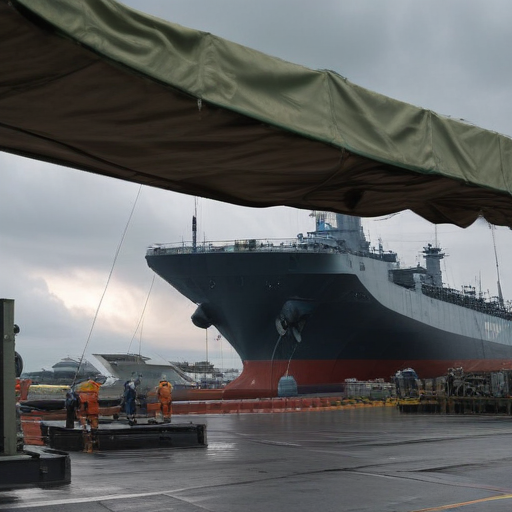The U.S. Army is on track to receive its new logistics vessel, the Maneuver Support Vessel-Light (MSV-L), by the end of January 2025 after completing critical repairs. This prototype, produced by Vigor Works, was developed to replace the aging Landing Craft Mechanized-8 (LCM-8). However, upon its delivery earlier in February 2024, the vessel encountered mechanical problems, particularly with its cooling system, necessitating repairs at the manufacturer’s facility in Washington state.
The repair process cost around $200,000, causing delays in testing. Nevertheless, the Army is proceeding with the production of a second MSV-L and has contracted for three additional units. Plans are also in place to deploy the first prototype to the US Indo-Pacific region by mid-2025 for further testing and experimentation.
Insights shared by Maj. Gen. Jered Helwig, a senior officer in charge of operations in the region, indicate that the vessel will be evaluated in the Hawaiian archipelago, an ideal testing ground for ensuring its readiness in the operational environment. This nine-month to one-year trial will allow the Army to fine-tune the vessel’s capabilities based on real-world conditions.
The U.S. Army’s focus remains on preparing for a heightened military presence in the Indo-Pacific, particularly with regards to maintaining and repairing its fleet, which includes the new MSV-L and other unmanned and heavy vessels. This effort coincides with the Pentagon’s Regional Sustainment Framework initiative, aimed at improving logistics and support systems in the region.
As part of this initiative, the Army has conducted successful repairs for another vessel, the USAV General Brehon B. Somervell, in South Korea, demonstrating the practicality of forward maintenance operations with allied nations. This innovative approach not only saves valuable time and resources but also enhances operational readiness.
In summary, while the repair delays of the MSV-L prototype posed challenges, they also presented opportunities for the Army to refine its logistics capabilities. The focus on sustaining military force in the Indo-Pacific is crucial, emphasizing adaptability in maintenance strategies and international collaboration with allies. With these continued efforts, the Army is enhancing its readiness to face future challenges in the region.
